So, you want total mobility, dancing while spreading chaos and destruction from a distance? You've come to the right place! In this guide, we’ll cover the main mechanics of Ranged DPS and share valuable tips for you to shine with each of them!
Weaving and use of GCD
One thing that Final Fantasy XIV does very well is give you the false feeling that you are killing it on damage, and when you analyze the statistics, you did less damage than the Healer. To prevent this from happening, it’s good to keep these two concepts in mind: “Weaving” and “GCD”.

Combo Actions and “Procs”
Combo Actions
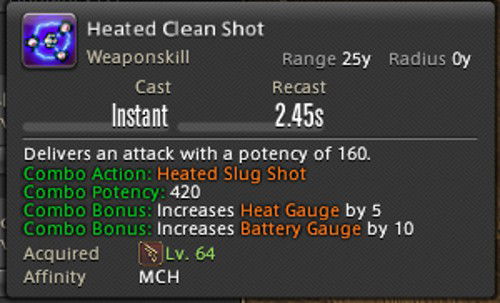
Procs
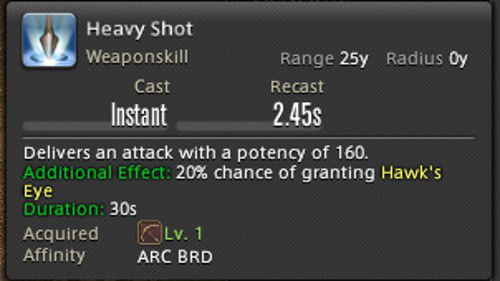
Role Actions
Head Graze


Second Wind
Arm’s Length
Foot Graze
LegGraze
Peloton
Which is the Ranged DPS for you?
Archer/Bard - Starter - Free Trial
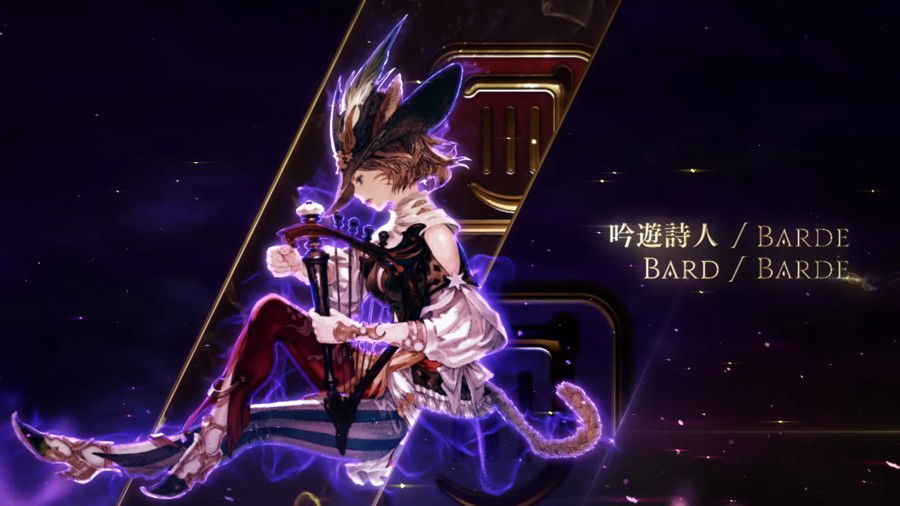
Hawk’s Eye
Your Poisons (DoTs) and You
Songs
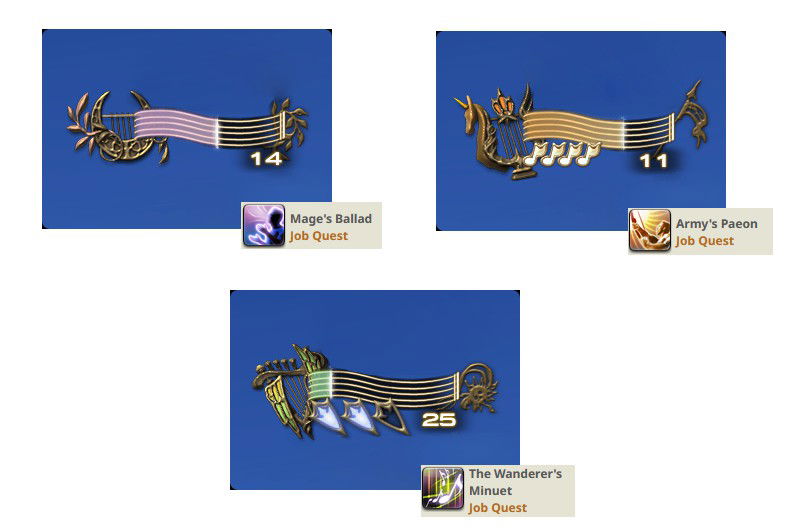
Support and utilities
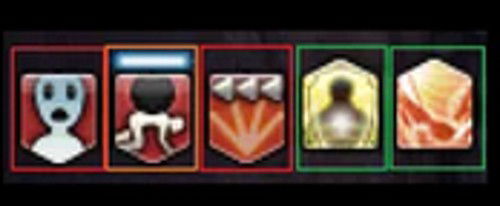
General Tips
Machinist - LV 30 - Free Trial


Ricochet and Gauss Round
Battery Gauge and Heat Gauge
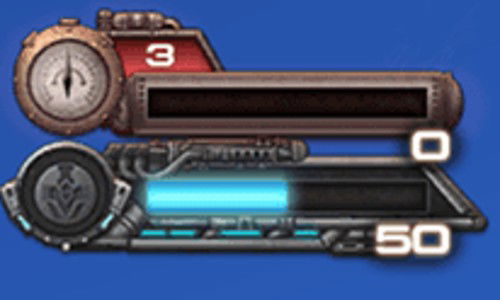
Reassemble
Support and Utilities
General tips
Dancer - LV 60 - Shadowbringers

Closed Position
Between combos and dances
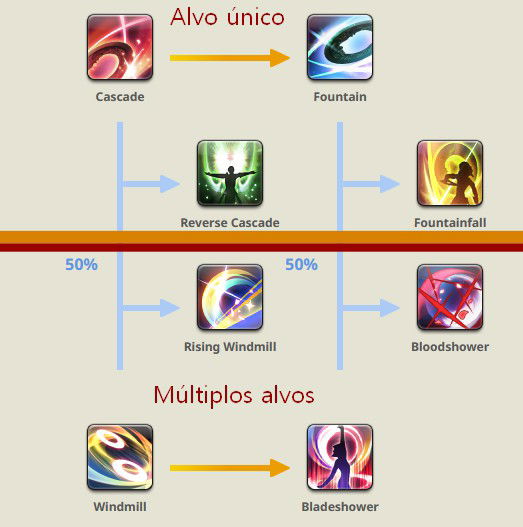
Support and Utilities
General Tips
Practicing
Hall of Novice
With your ranged DPS chosen and being at least level 10, I highly recommend you do the Hall of Novice activity circuit. There, the game itself will place you in a controlled environment to practice everything I mentioned in the first topic of this article.
To access the Hall of Novice, simply look for the Smith Npc located in the adventurers guild in each of the 3 main cities or through the Duty Menu > Hall of Novice.
Conclusion
With that, we conclude this breakdown of Ranged DPS. The objective of this article was to show how the basic mechanics of each of them work, but without making it too complicated and providing the opportunity for those who want to delve deeper, to have more to learn about the job.
Remember that it’s always better to dedicate yourself to a job that you like, and not to the one that is currently the best at doing X, Y or Z.













— Comentarios 0
, Reacciones 1
Se el primero en comentar